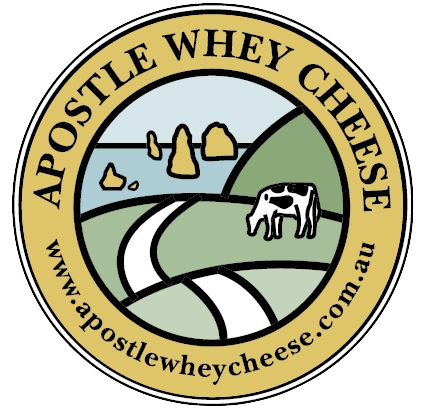Dairy Life | Part 7
Welcome to the seventh installment in our Dairy Life series, which follows the life of one of our dairy heifer calves, right through to her becoming a working milker.
The health and wellbeing of our animals is critical to the quality of our milk and by extension the taste and success of our cheeses and gelato. Every decision we make on our farm is designed to produce the highest quality milk possible.
This Dairy Life series aims to help our customers, and other people who aren’t farmers, better understand the intricacies of environmentally sustainable dairy production. It is a way of life that we love, but it’s also a highly demanding job that requires a good education, lots of training, extensive experience and the ability to understand and apply complex aspects of animal and agricultural science.
So please enjoy Part 7 of the series and feel free to ask questions, make comments and interact with each other through the comments section of this blog.
With little over one month to go before Briney and her 31 mates are due to calf, it is a busy time at the Apostle Whey Cheese dairy at the moment.
Luke is busy preparing the soon-to-be-mums for life as working milkers in our herd, which happens almost immediately after they calve and their milk comes in.
Briney and the other 31 maiden heifers in her group began dairy training last Friday.
Dairy training introduces the animals to our rotary dairy and makes sure they feel comfortable stepping on and off the platform, getting fed in the dairy bail and completing a rotation just as they will every morning and night for many years to come.
We think this process is important now so that the animals get a feel for the dairy and we iron out any hesitation or nervousness now, rather than straight after they have calved.
By-and-large this training goes very smoothly because they get a feed of the same grain they are receiving every second day in the paddock. So once they work out nothing bad is going to happen to them and that they will get some grain, they cooperate well.
Briney didn’t have any issues with her training. We put her and four or five others in the yard and we pushed them in one-by-one – making sure we gave them time to suss it out and step on without causing any anxiety or stress.
They are a good group, they are in really good condition and everything is going to plan, which is excellent.
Significantly, Briney’s group is the first group we’d taken to Luke’s new block of land down the road to gain weight, be covered by a bull and gestate for about eight months.
We only brought her and her mates back to the home farm last Tuesday – three days before they started their dairy training.
On the Tuesday, we also had vets onsite to help Luke Teatseal all 32 of them. This process involves the heifers being put in a tipper crush to lay them on their sides so that a paste can be inserted into the end of each teat to form a plug. This plugs acts as a physical barrier to stop milk leakage, but also to prevent anything entering the teat, which can cause clinical mastitis.
Veterinary technicians secure the animals hooves, which makes it a very safe, quick and simple procedure that helps us significantly reduce mastitis in our herd.
Mastitis costs a lot of money to treat and can be fatal. It’s also very painful for cows, so this treatment is now an important part of our herd management practices.
So with our Teatsealing out of the way and most of the dairy training now completed, it’s really a waiting game for another month or so when we expect Briney to be one of the first in the group to calve.
The group is receiving silage in addition to grain every second day. It’s starting to get pretty dry now and there’s not much green pick for them, except for some Hunter ‘n’ Herbs crops we put in for them.
It’s really important the heifers and their unborn calves stay strong and healthy. Briney would be just over the 500kg mark now which is right on target weight for her because she’s a little bit shorter than some of her mates.
She’s due to calve on February 4 and about a week to 10 days before that she’ll move up to the Mooternity Ward, that our visitors see from the cheese shop, to prepare for calving.
During this final stage she’ll get 2kg of Lead Feed, which is full of vitamins and minerals to boost her energy levels and help prevent against milk fever and sickness after calving.
Just like humans, we really won’t know when the calf is coming. She can’t tell us, so we have to keep a close eye on her for the signs and that’s really easy to do when they are in the Mooternity Ward. It’s a safe environment and we have a crush there if we need to assist, but more often than not nature takes its course and cows calve without complication.
And so, for another month or so that’s where we leave Briney’s story. We’ll be sure to update you when the moment arrives, she becomes a mum and we complete our colostrum management procedures to make sure her calf gets its best possible start in life.
Once that is completed, Briney will join the herd and her milk will be piped into our factory for our bottled Apostle Way Milk, our award winning cheese and ever-growing gelato range.



